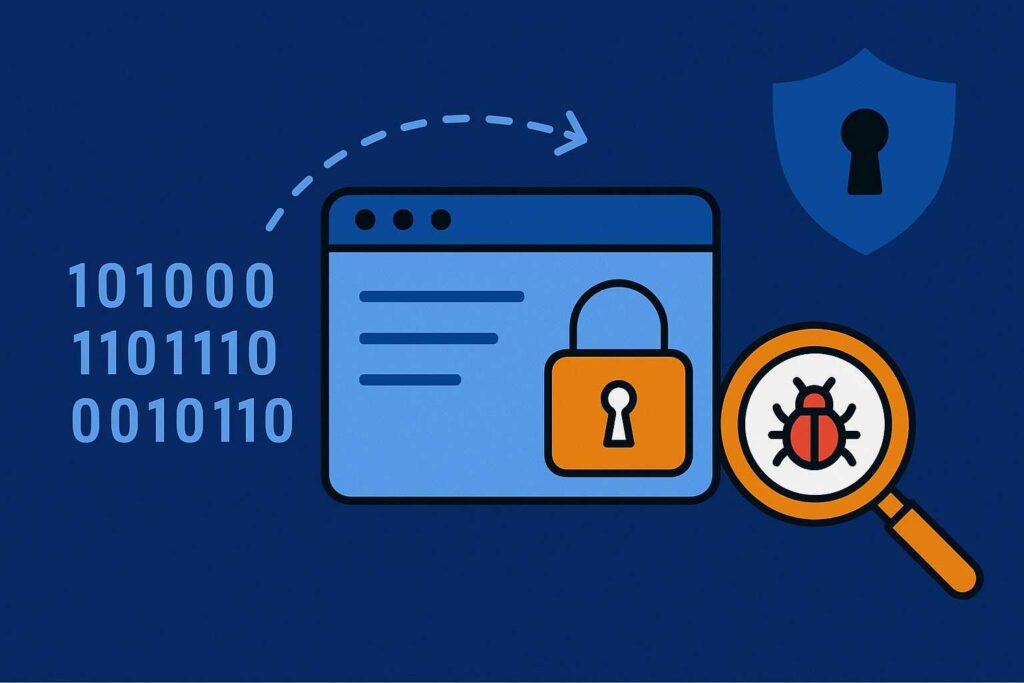
Securing a Web Application: A Technical Guide to Mitigating Modern Threats
Securing a web application involves more than firewalls and SSL certificates. It requires a layered defense strategy, aligned with modern threat models, secure development lifecycles, and continuous monitoring. In this article, we’ll break down intermediate to technical tactics for reducing your attack surface and strengthening your app’s resilience.

1. Start with threat modeling
Before coding a single line, build a threat model. Identify your assets (user data, authentication systems, APIs), potential entry points (forms, file uploads, endpoints), and adversaries (malicious users, bots, insiders). Use frameworks like STRIDE or DREAD to assess risk impact and prioritize controls.
2. Enforce strict input validation and sanitization
Most web attacks—SQLi, XSS, RCE—stem from poorly handled input. Implement allowlist-based validation at the controller level. Use parameterized queries and ORM escaping for all database interactions. Never trust client-side validation; always enforce rules server-side.
3. Implement CSP and security headers
Use Content Security Policy (CSP) to restrict the sources your application can load (scripts, styles, fonts). Add headers like X-Content-Type-Options: nosniff, X-Frame-Options: DENY, and Referrer-Policy: strict-origin-when-cross-originto reduce exposure to common exploits.
4. Harden authentication and session management
Use multi-factor authentication (MFA) for admin interfaces. Secure session tokens with HttpOnly, Secure, and SameSite=Strict attributes. Set short session expiration and rotate tokens regularly. Avoid session IDs in URLs at all costs.
5. Minimize attack surface and exposed services
Disable unused ports, modules, and routes. Limit API exposure through rate-limiting and authentication. Restrict direct access to backend services and admin panels using IP allowlists or VPN gateways.
6. Keep dependencies pinned and scanned
Modern apps rely on hundreds of third-party packages. Pin your versions to avoid unexpected updates, and scan them with tools like OWASP Dependency-Check, Snyk, or npm audit. Monitor CVEs relevant to your stack and patch fast.
7. Log and monitor everything—intelligently
Implement structured logging (JSON format, with correlation IDs). Aggregate logs using tools like ELK or Graylog. Define alert rules for anomalies: spikes in login failures, 403s from known IPs, or suspicious user-agent patterns.
8. Perform regular dynamic and static analysis
Use SAST tools (like SonarQube, CodeQL) in CI/CD pipelines to catch insecure code patterns early. Complement that with DAST tools or vulnerability scanners to test your app’s behavior in runtime. Combine both for a full security posture.
Even with strong internal processes, blind spots remain. Our vulnerability scanning services help you identify weaknesses in your web application—especially WordPress sites—before attackers do. Don’t wait for a breach to take action.
If you want to explore other articles similar to Securing a Web Application: A Technical Guide to Mitigating Modern Threats you can visit the Web Vulnerabilities.






Leave a Reply